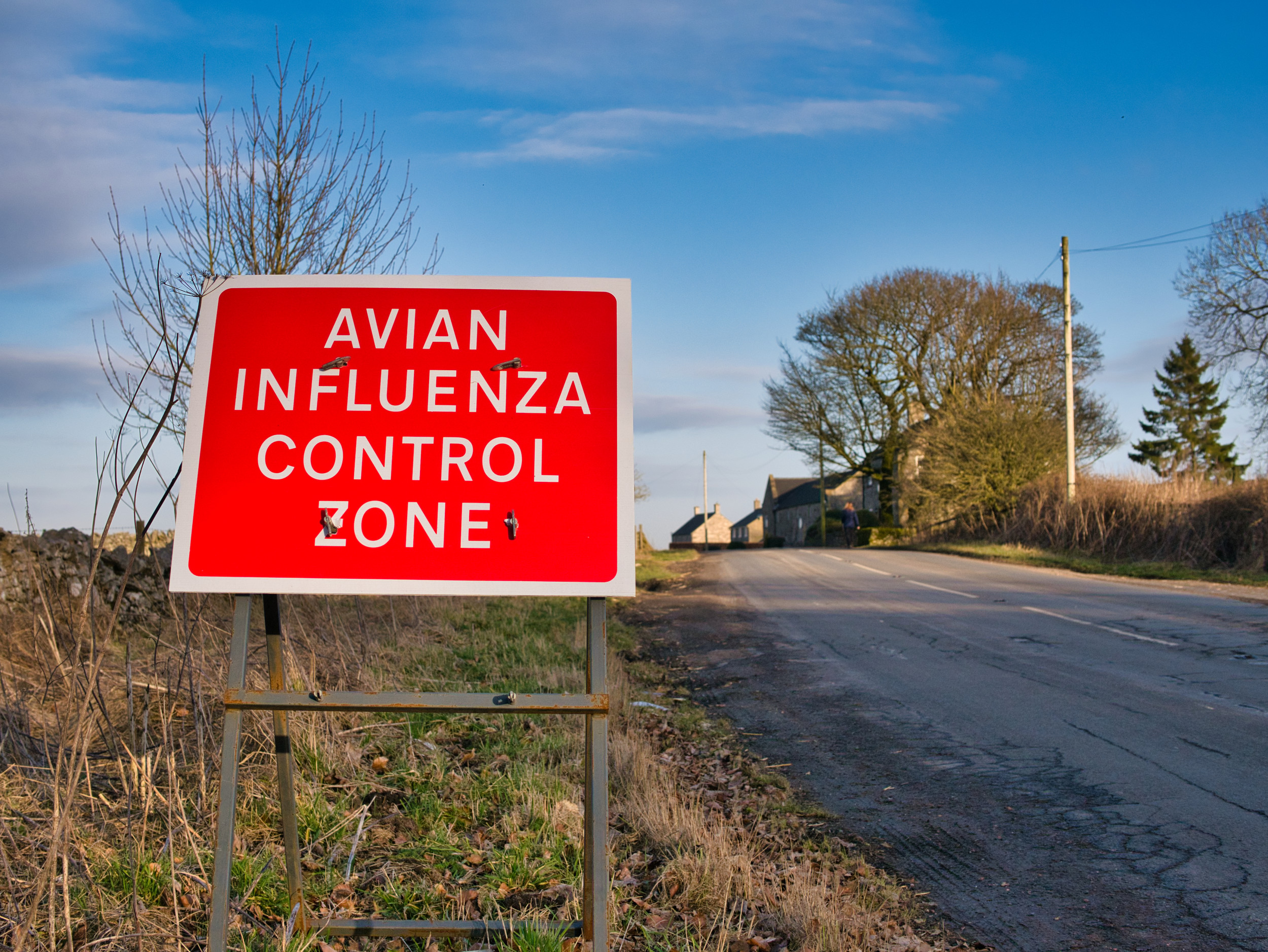World
Bird Flu Map Update as Nevada’s First Human Case Is Detected

Nevada Confirms First Human Case of Avian Influenza A (H5N1)
Health officials in Nevada have confirmed the state’s first human case of avian influenza A (H5N1), marking a significant development in the ongoing outbreak of the virus across the United States. The case was identified in a person who had close contact with infected dairy cattle at a farm in Churchill County. Fortunately, the patient experienced only mild symptoms, specifically conjunctivitis (inflammation of the eye), and is currently recovering. This case underscores the importance of vigilance and precautions, particularly for individuals who work closely with animals or are exposed to potentially infected livestock.
The Current Situation: A Nationwide Outbreak
The H5N1 outbreak has been spreading across multiple states, with Nevada’s case representing the latest in a series of confirmed human infections. Since the outbreak began last year, 66 human cases have been reported across 11 states, including California, Colorado, Iowa, Louisiana, Michigan, Missouri, Nevada, Oregon, Texas, Washington, and Wisconsin. Additionally, Arizona and Delaware have reported probable cases, though further testing by the CDC did not confirm the presence of H5N1 in those instances. The virus has primarily been transmitted through direct contact with infected birds or livestock, with no evidence of human-to-human transmission at this time.
Despite the relatively low number of confirmed cases, the situation remains concerning for certain high-risk groups, such as farmworkers, poultry handlers, and individuals who work closely with animals. The Centers for Disease Control and Prevention (CDC) has assessed the risk to the general public as low, but it is crucial for those in close contact with potentially infected animals to take extra precautions to minimize exposure.
What You Need to Know: Precautions and Monitoring
Following the confirmation of the Nevada case, health officials have swiftly taken action to monitor and contain the potential spread of the virus. Individuals who may have been exposed at the affected farm are being contacted and tested, and measures such as providing personal protective equipment (PPE) and antiviral medications have been implemented as a precaution. No additional cases have been confirmed in the state at this time, but the situation is being closely monitored.
While the general public remains at low risk, health officials are urging caution for specific groups, including those who work with birds, poultry, or cattle, as well as individuals who may have recreational exposure to potentially infected animals. The Central Nevada Health District has issued guidelines to help reduce the risk of infection, including avoiding direct contact with sick or dead animals, keeping pets away from wild birds, and ensuring that all food is properly cooked before consumption.
Preventive Measures: Protecting Yourself and Your Community
To further mitigate the risk of infection, health officials have emphasized the importance of adhering to preventive measures. These include avoiding contact with sick or dead animals, especially their droppings, and ensuring that any food derived from animals is thoroughly cooked. Additionally, individuals are advised to avoid consuming unpasteurized raw milk or cheese, as the virus can potentially spread through contaminated dairy products.
For farmworkers and those in high-risk occupations, the CDC and state health agencies recommend consulting with healthcare providers about seasonal flu vaccinations. While these vaccines do not protect against H5N1, they can reduce the risk of co-infection with other influenza strains, which could complicate the clinical picture if H5N1 were to be contracted. By taking these precautions, individuals can play a critical role in safeguarding their health and the health of their communities.
Economic Impacts: The Broader Consequences of the Outbreak
The H5N1 outbreak has not only posed a health risk but has also had significant economic consequences, particularly for the poultry and dairy industries. The virus has led to the culling of millions of egg-laying hens in an effort to control its spread, resulting in a sharp decline in egg production and a subsequent surge in egg prices across the country. This disruption has been further exacerbated by supply-chain challenges, increased transportation costs, and new state regulations requiring cage-free egg production.
The economic fallout of the outbreak highlights the interconnected nature of public health, agriculture, and the economy. While the immediate focus remains on containing the spread of the virus and protecting human health, the long-term implications for the food industry and consumers cannot be overlooked. As the situation continues to evolve, stakeholders at all levels will need to work collaboratively to address both the health and economic dimensions of the crisis.
Moving Forward: Ongoing Monitoring and Preparedness
Looking ahead, health officials will remain vigilant in monitoring the outbreak and ensuring that protective measures are in place for at-risk workers and communities. The CDC, in collaboration with state agencies, will continue to conduct surveillance, provide updates, and adapt response strategies as needed. The recovery of the Nevada patient and the lack of additional confirmed cases in the state are positive indicators, but they also underscore the need for continued caution and preparedness.
As the situation unfolds, it is essential for the public to stay informed and adhere to the guidelines provided by health authorities. By taking proactive steps to reduce the risk of exposure and supporting ongoing efforts to control the outbreak, individuals can contribute to a collective effort to protect public health and mitigate the broader impacts of the H5N1 outbreak.











